Advantage Beef Programme

Producing 513kg milk solids and R grade steers in Kilkenny
Producing high levels of milk solids is naturally enough the key ambition for most spring-calving dairy herds, but doing this while also maintaining a cow type capable of producing progeny with an impressive level of performance in the beef industry is more challenging.
Agriland recently paid a visit to a dairy and beef farm in Co. Kilkenny that is doing just that while also managing to secure an additional processor-paid 20c/kg Advantage Beef Programme Sustainability Bonus on all the eligible beef progeny from their dairy herd.
Farming in the Rower, Co. Kilkenny, is Edward and Eamon Corcoran. The father/son farming duo milk a pure Friesian herd with all progeny kept on farm either as replacement heifers or to finish as beef.
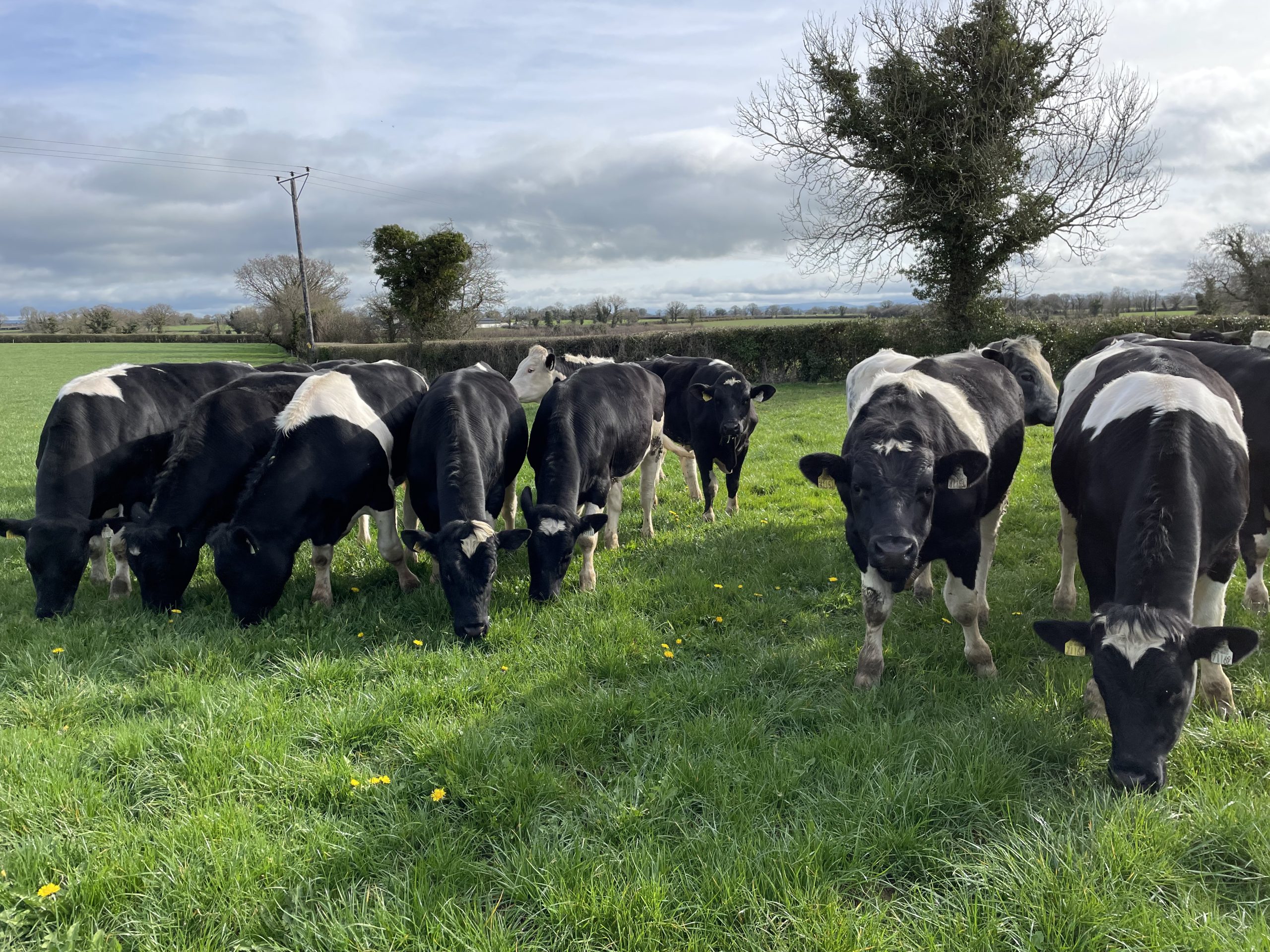
All cattle are slaughtered at ABP Ferrybank. The Corcorans are participants in ABP Food Group's Advantage Beef Programme, having applied to join when the sustainability initiative was launched in 2022.
There has always been an emphasis on both beef and dairy production on the farm and Eamon explained why this is the case.
He said: "We have always had a beef enterprise because of our land fragmentation.
"To maximise the profits of the beef enterprise, we had a cow type that was able to produce kilos of milk solids and produce kilos of carcass on a beef animal."
The 2024 average herd milk performance was as follows:
- Average milk solids sold: 513kg/cow;
- Average protein: 3.54%;
- Average butterfat: 4.24%.
Eamon said: "We still have their intake at 20kg of dry matter/day during peak - that's what we're offering between concentrates and grass in the main grazing season."
The table below outlines the kill-out performance of the dairy herds' progeny:
| Average carcass weight | Average grade | Average fat score | Age at slaughter | |
|---|---|---|---|---|
| Dairy-beef heifers: | 310kg | O+ | 4- | 20.5 months |
| Beef-sired steers: | 370kg | R- | 3+ | 22 months |
| Friesian steers: | 342kg | O= | 3= | 22.3 months |
| Cows: | 343kg | O- | 4- | - |
Eamon said that as well as getting good dairy and beef performance from the herd, they are also getting good longevity from their cows.
When selecting sires, Eamon explained: "For dairy replacements, we go for positive kilos of milk between 0 and 50kg in milk and we go as close as we can to .3 fat and .2 protein.
"It can be difficult within the pure Friesian. Obviously, there's a lot of the bulls not reaching that criteria but we try our best to try and source these bulls - we often go back a couple of years to try and secure them solids."
For dairy-beef sires, Eamon said: "Our stock bull is +14kg for carcass so we're not going to choose something in artificial insemination (AI) that's inferior to our stock bull.
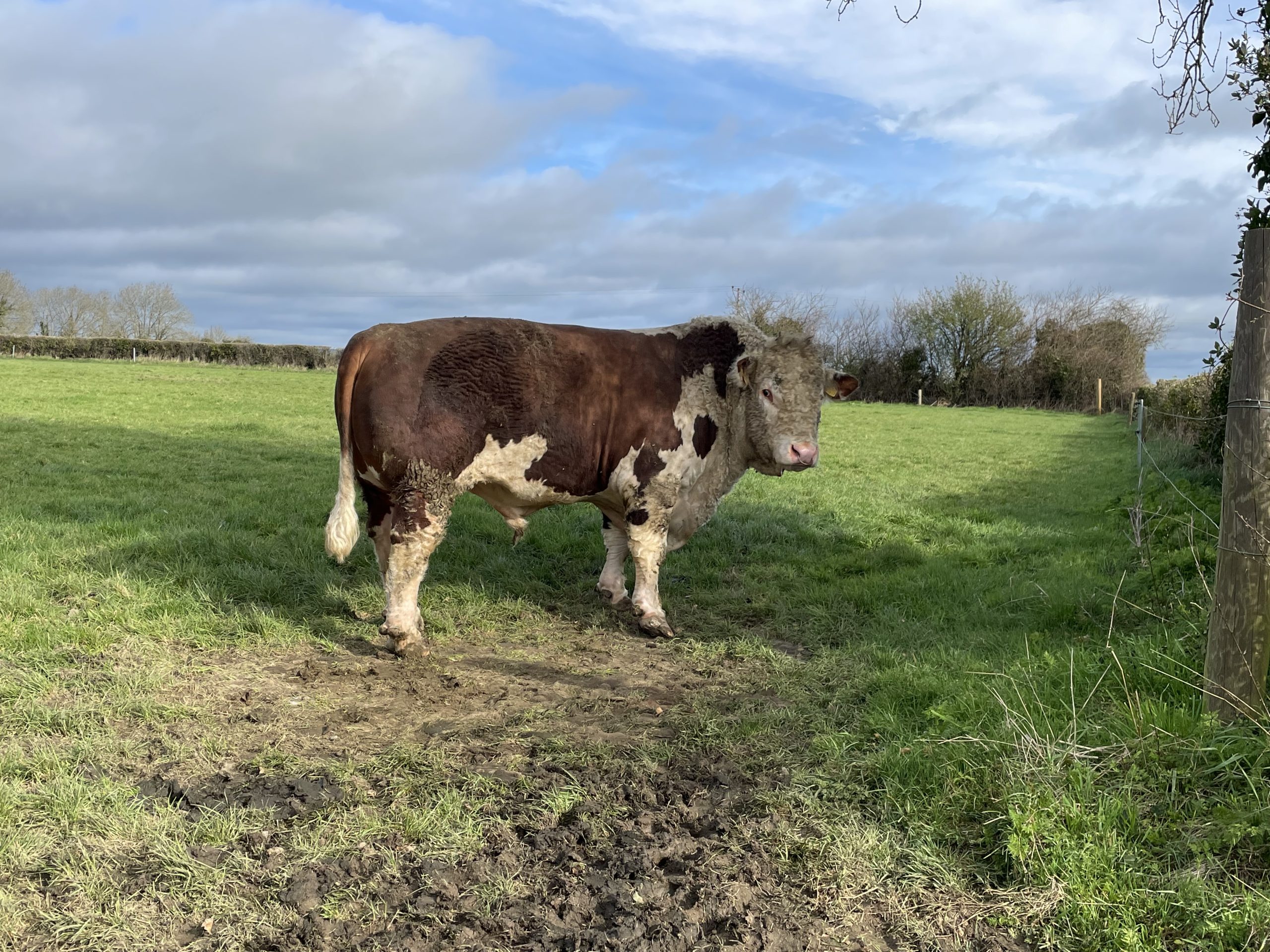
The dairy-beef sires have a Dairy Beef Index (DBI) over €150 on beef sub-index and are +12kg for carcass."
On calving difficulty, he said the herd can mange up to 7% but stressed that it depends on the cow.
Angus, Hereford and Belgian Blue are the beef sires used and the aim is to have no calf with a Commercial Beef Value (CBV) below €100.
"You have to be very careful choosing your cow.
"There's certain cows and certain lines of Friesian that will have a better pelvic width than others but in general, the Friesian are not the biggest cow so they can be hard enough calved - but if you get the nutrition right pre-calving, it's a big help."
Eamon said that the beef and dairy calves are all reared together on a 25% protein milk powder for 12 weeks.
Calves start on whole milk for first two weeks and then onto the milk powder. They are fed 7L/day in split feeds - 3.5L morning and evening.
"That's continued up to week 10 and then they're weaned off on week 12."
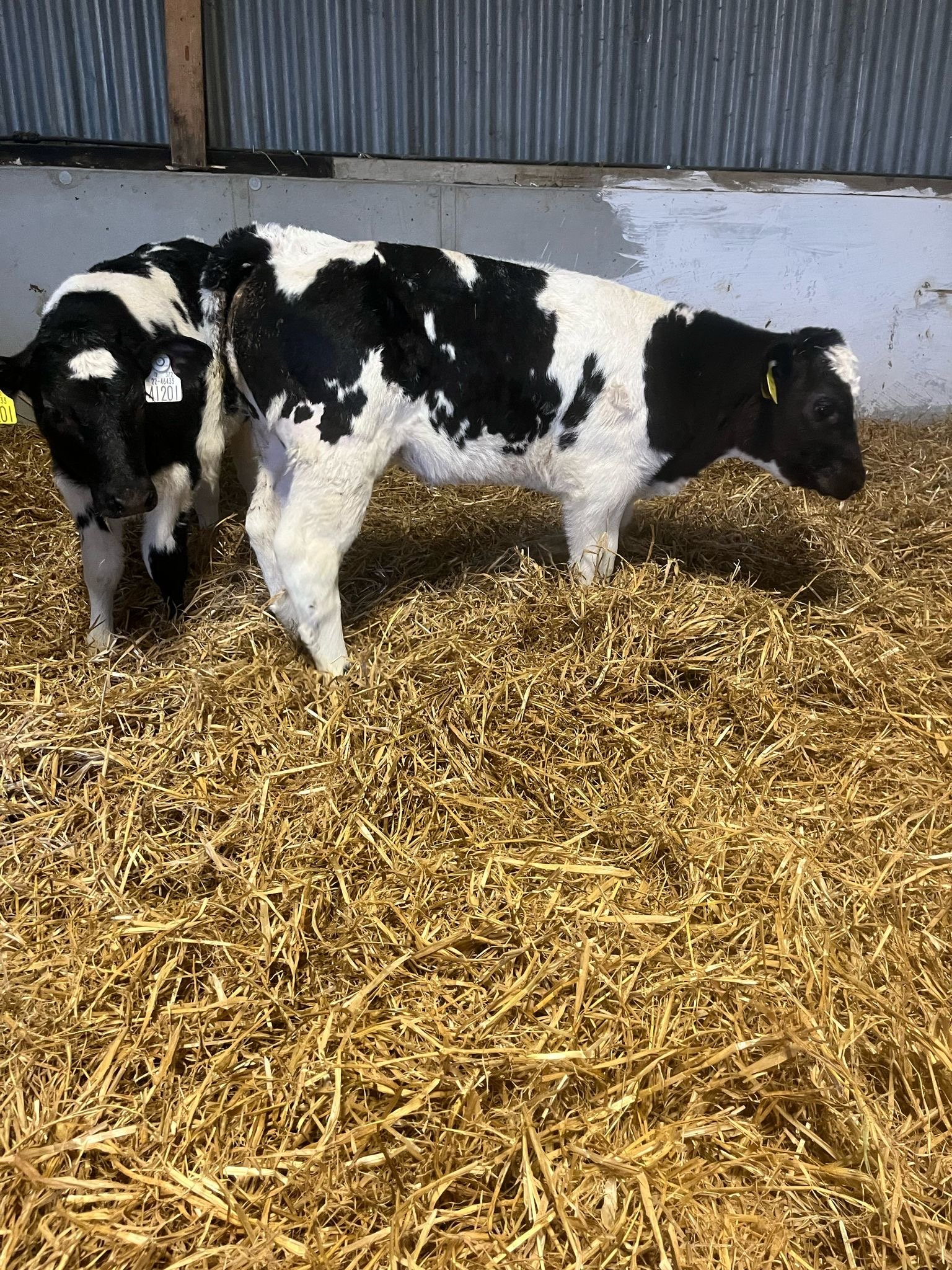
"They go to grass and they get 1kg concentrates for the summer - the majority is just for herding, not for nutritional requirements," Eamon said.
Calves also have access to hay for roughage when at grass.
These calves/weanlings are then housed in mid-November/early December and get 2.5kg concentrates from housing until February 1.
Cattle are then cut back to 1kg/head/day and down to 0kg for March 1. They get 5kg/head/day of beet fresh weight along with the 2.5kg meal, with the remainder of the diet being silage.
Eamon is adamant that the first winter is when the gains can be made in dairy-beef systems.
"That's how we're reaching these targets," he said.
"We feed them well in the first winter because that's when they're at their most efficient and that's when they have the highest average daily gain.
"We get close to 0.9kg/day in the first winter and that's where your getting this extra carcass weight.
There's no point putting them in and starting feeding them when they're two years old - you must feed them in the first winter when their average daily gain is greatest and they're most efficient."
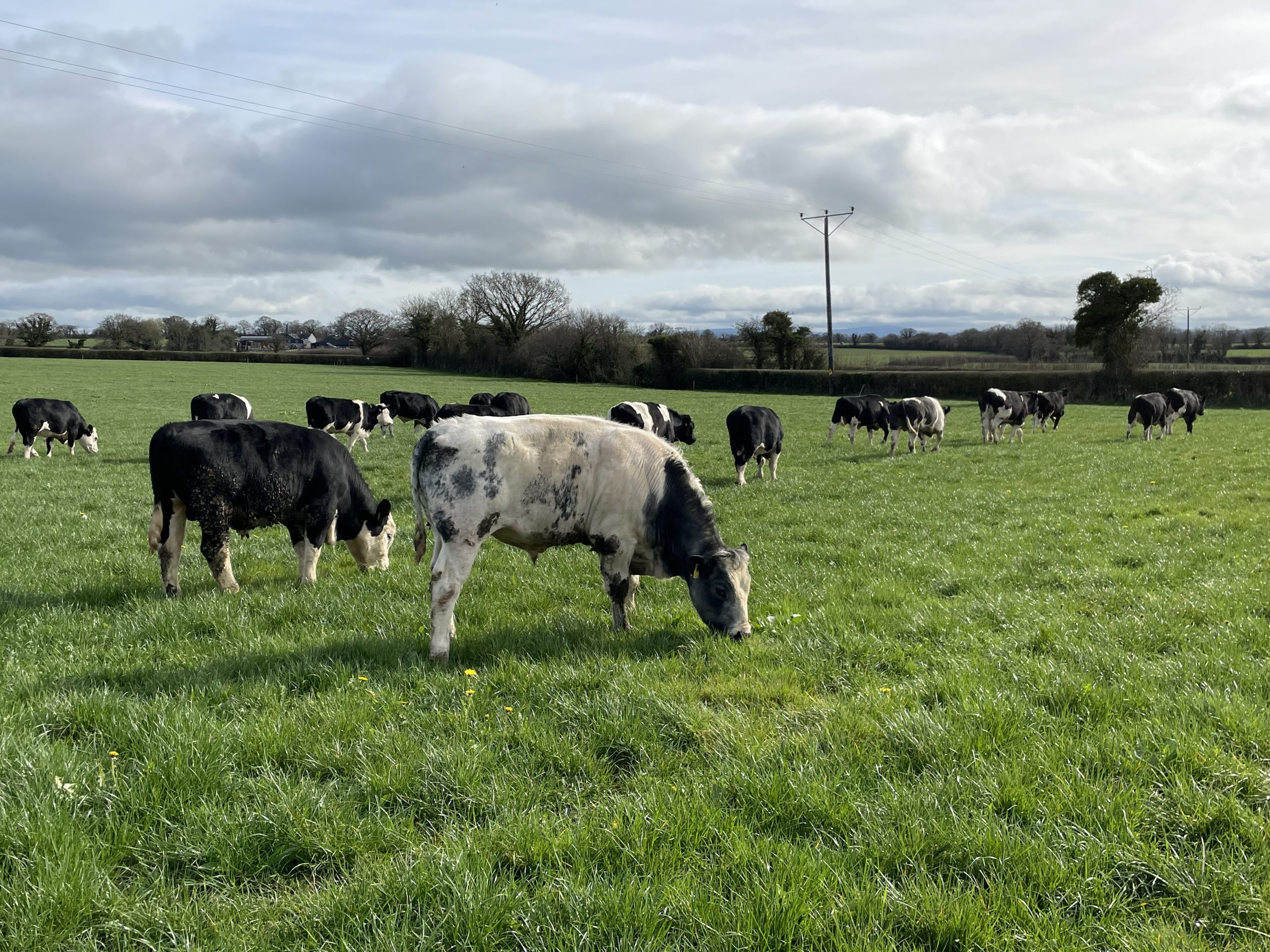
Yearling cattle have an average weight above 350kg going to grass for their second season, with a target of 1kg/day average daily gain at grass up to mid-June.
Eamon said that performance generally drops back slightly from June onwards back to 0.8-0.7 kg/day average daily gain.
"We start supplementing them for three weeks before housing so we give them 2-3kg concentrates before they're housed in the month of September and transition them onto a higher feeding plain.
"The diet consists of silage and concentrates for the finishing period," he said.
The farm won the 2019 Irish Hereford Prime Farmer of the Year award.
As members of the ABP Food Group Advantage Beef Programme, all eligible progeny from the herd receive a 20c/kg sustainability bonus as well as all other relevant price bonuses.
ABP Food Group's agri-sustainability manager Stephen Connolly said: "We at ABP are delighted to work with the Corcorans through the Advantage Beef Programme.
"The Corcorans' dairy herd is very different to the typical herd in Ireland and really shows the role that the British Friesian cow type can have in both the dairy and beef industry.
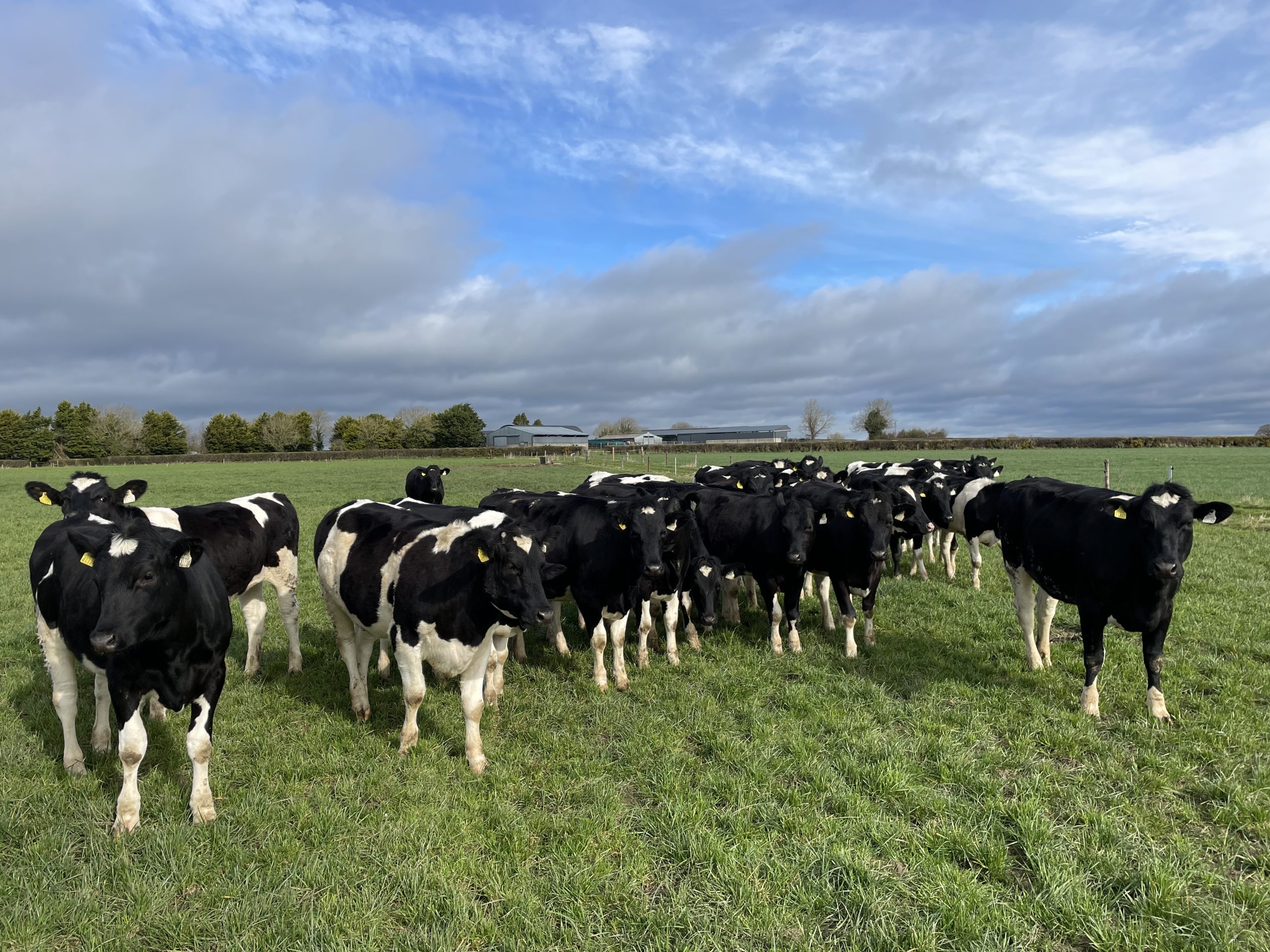
"Having a balanced cow with good milk production but can also provide progeny with suitable carcases for beef production is important to both the dairy and the beef industries.
"When you see the performance of the herd on both the dairy-production side but also the quality of the cattle produced for beef from the farm, it is evident they are doing a really good job on both their dairy and beef production."